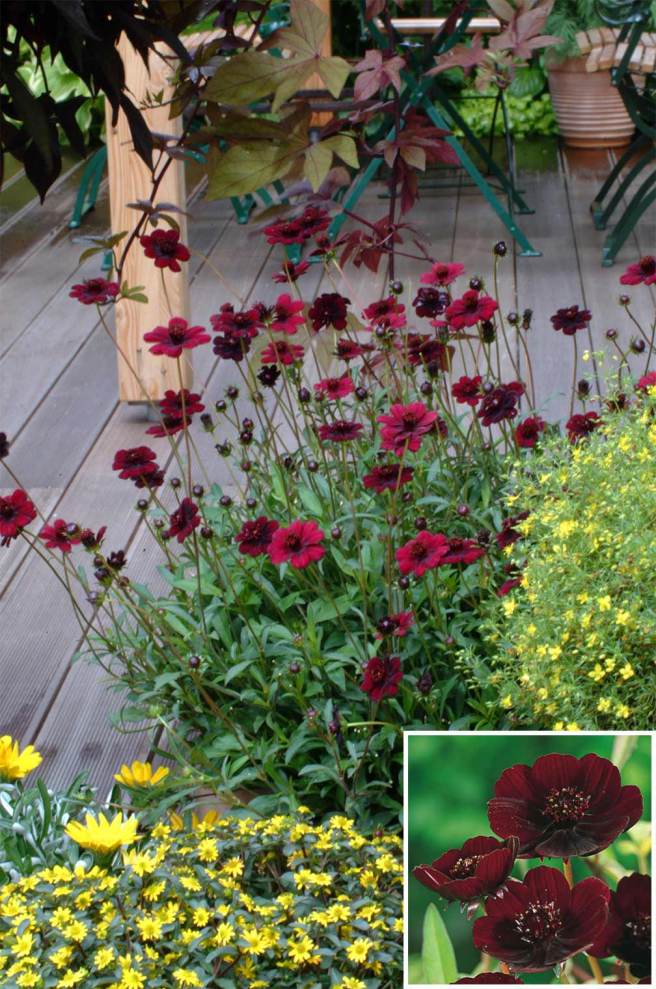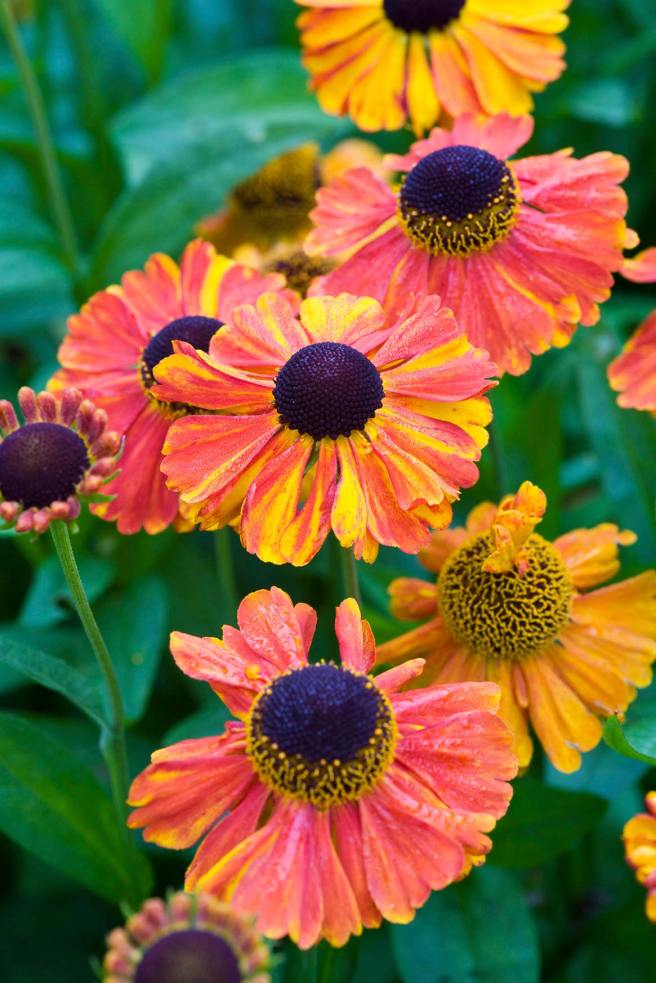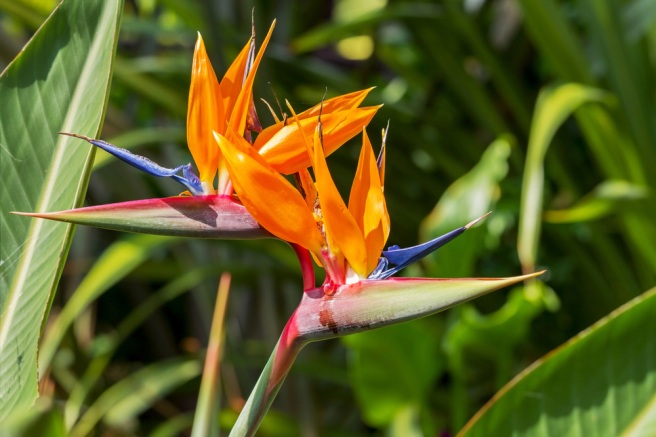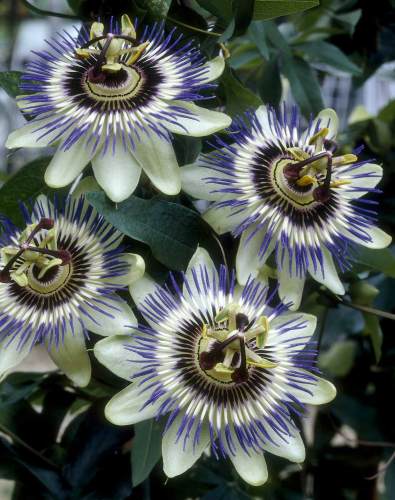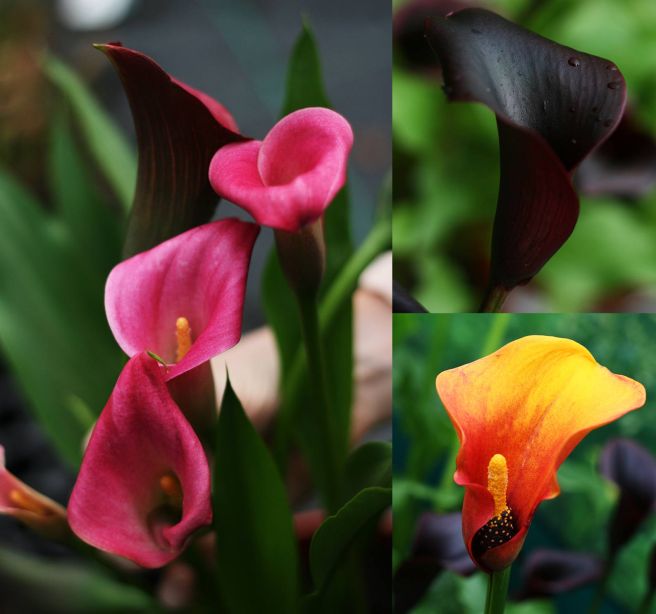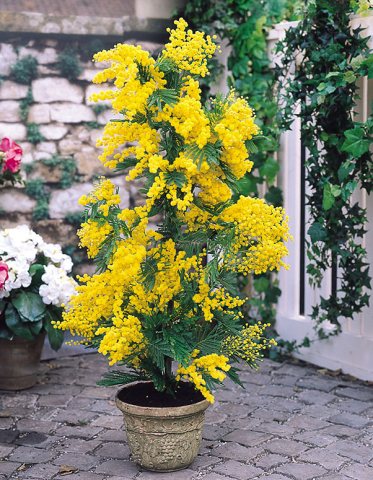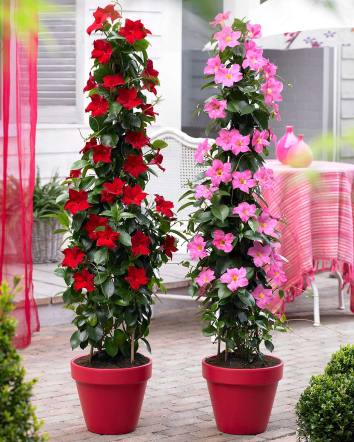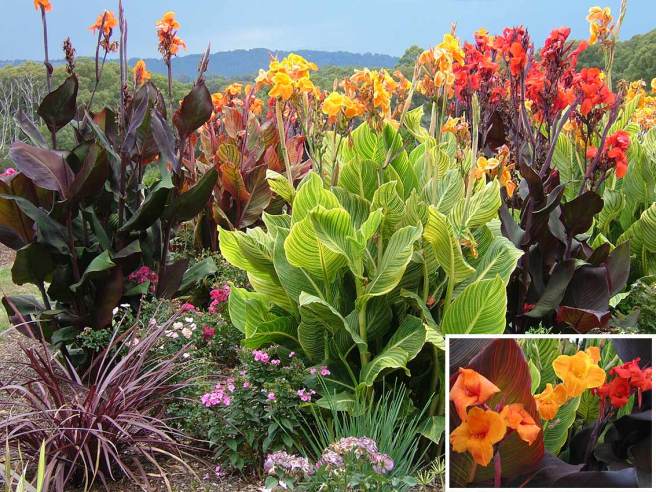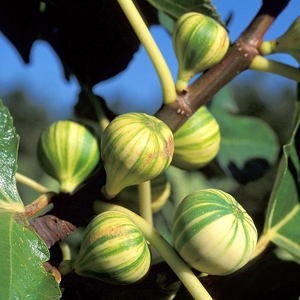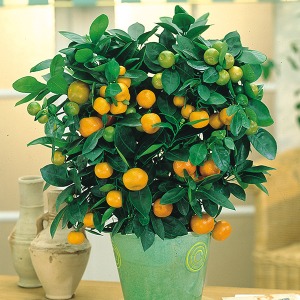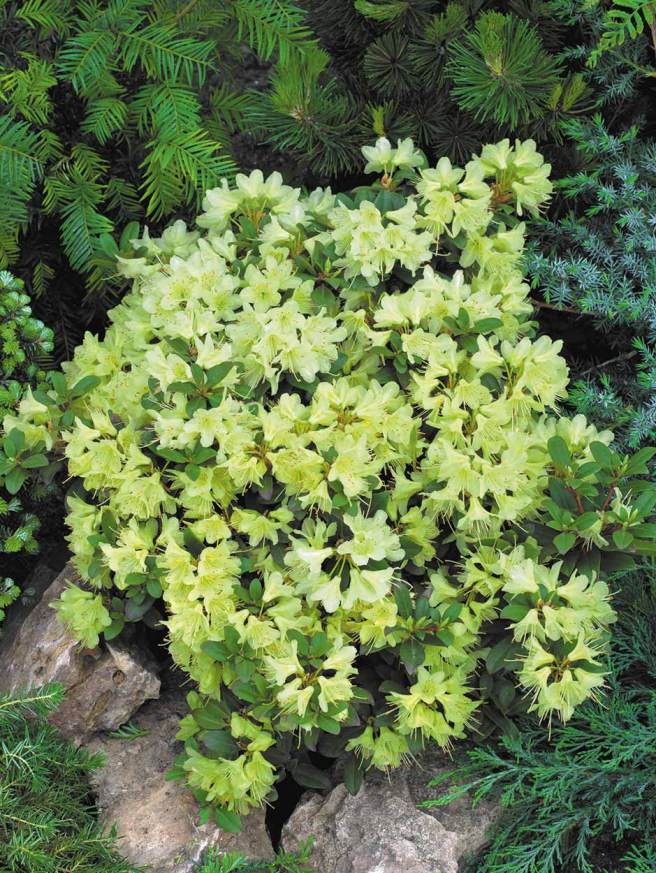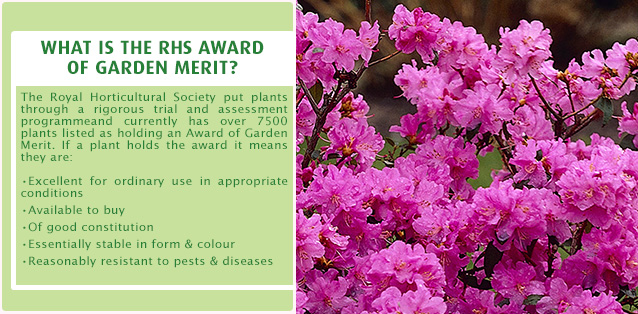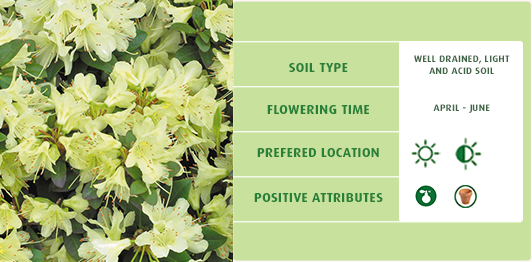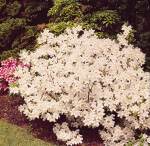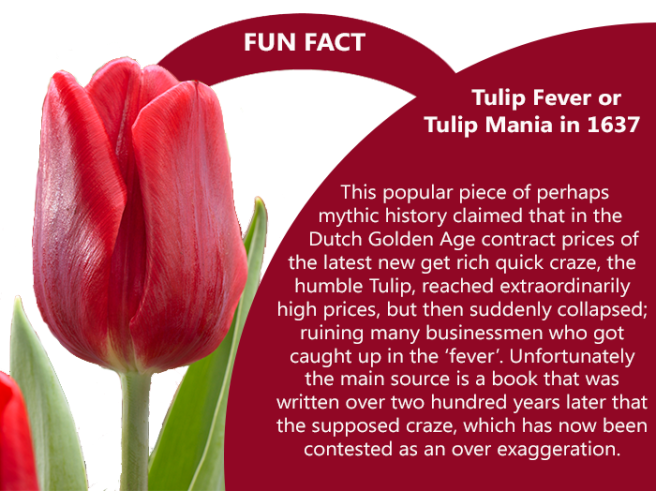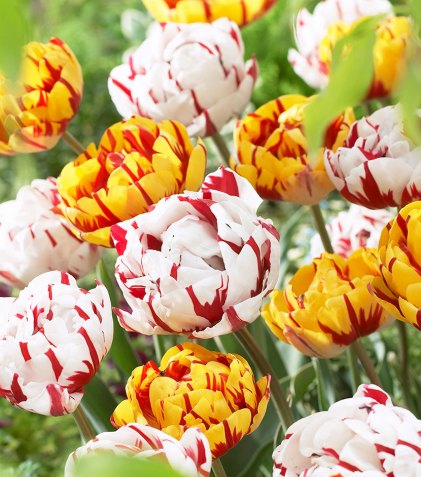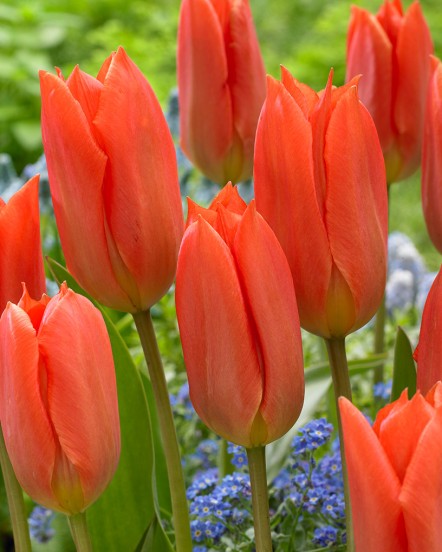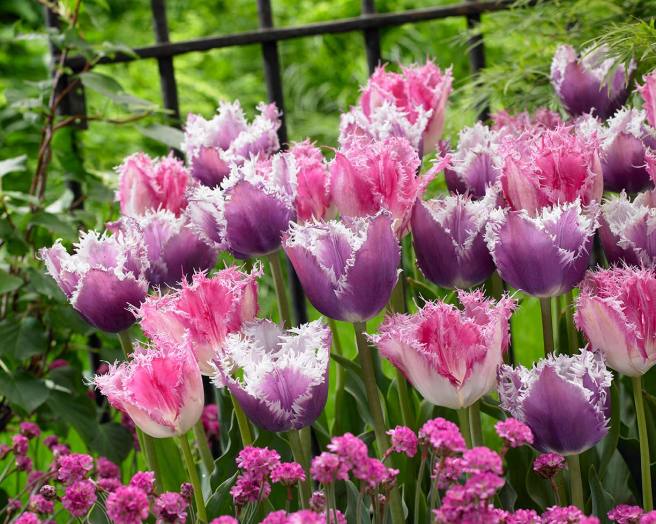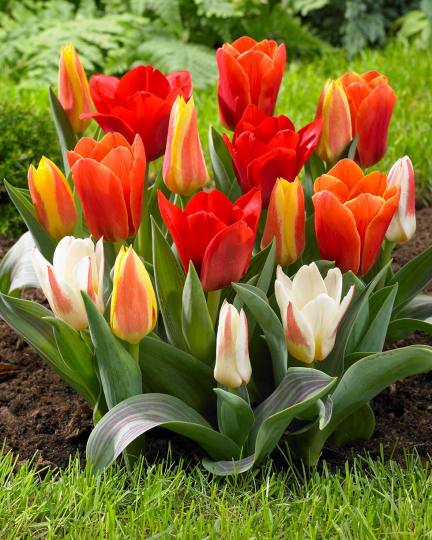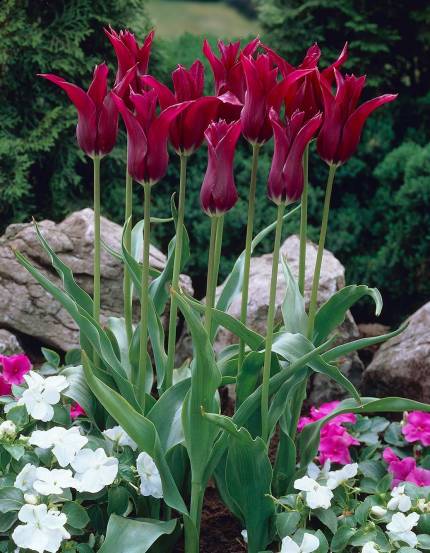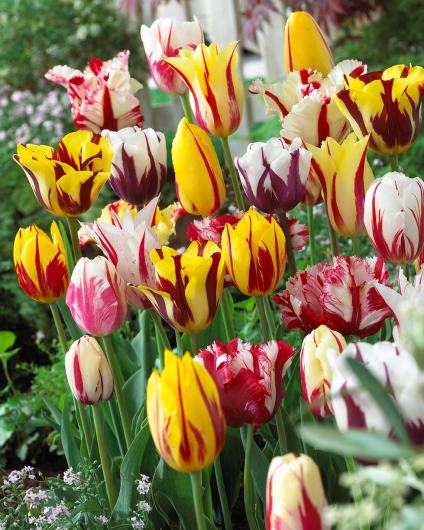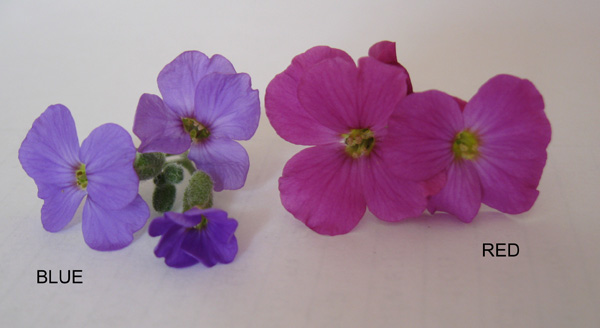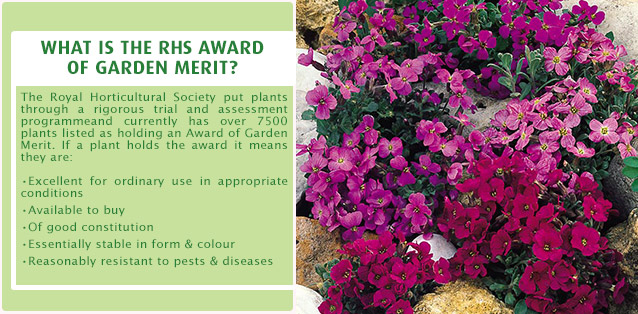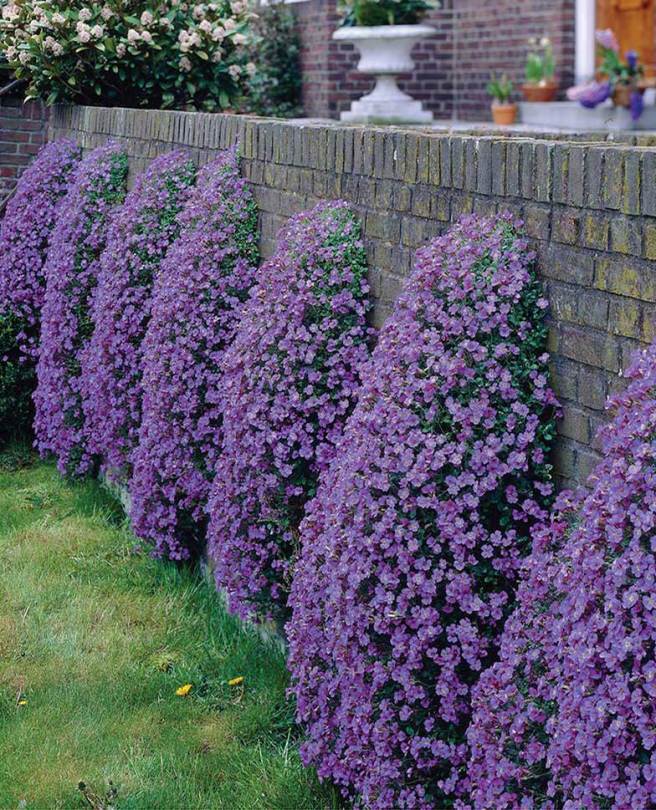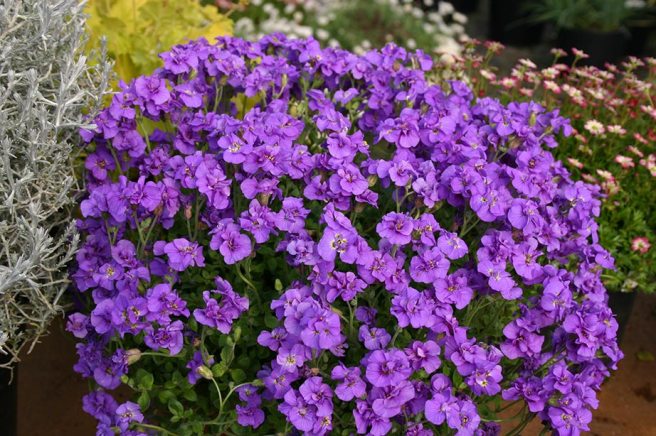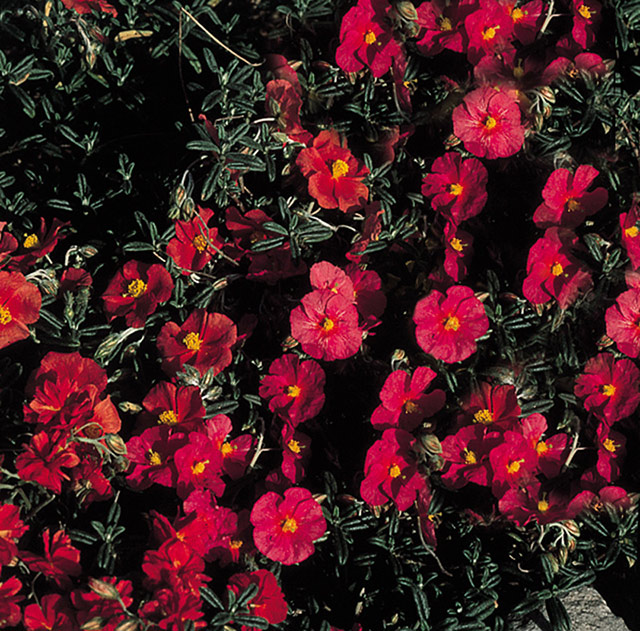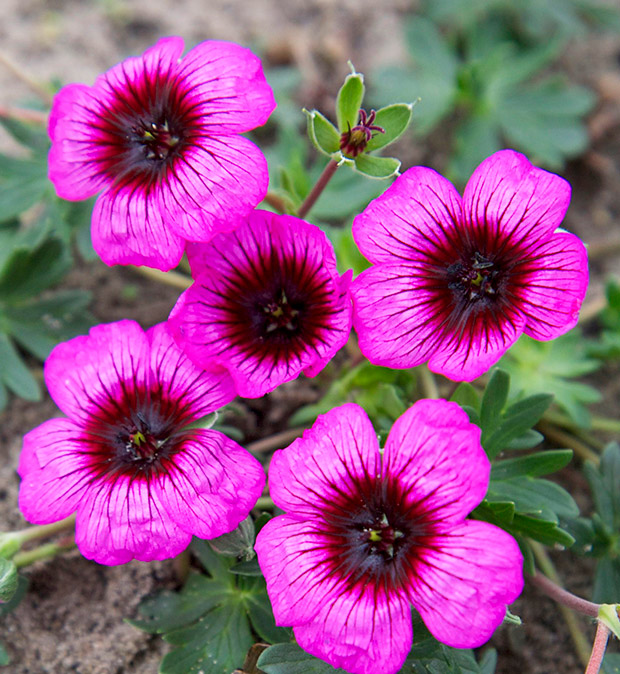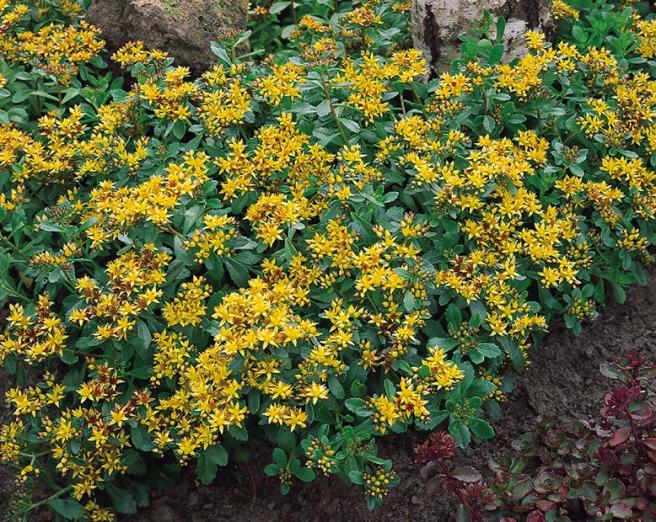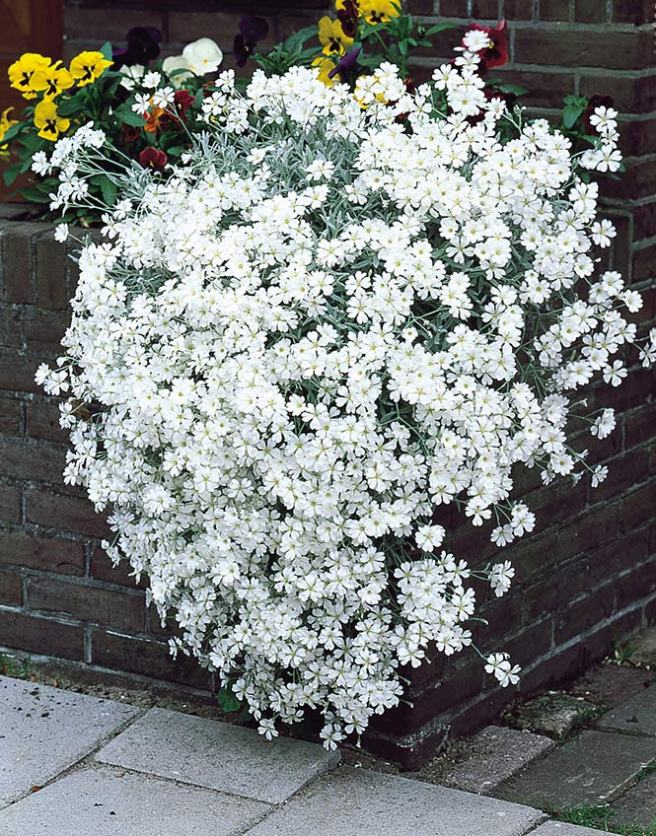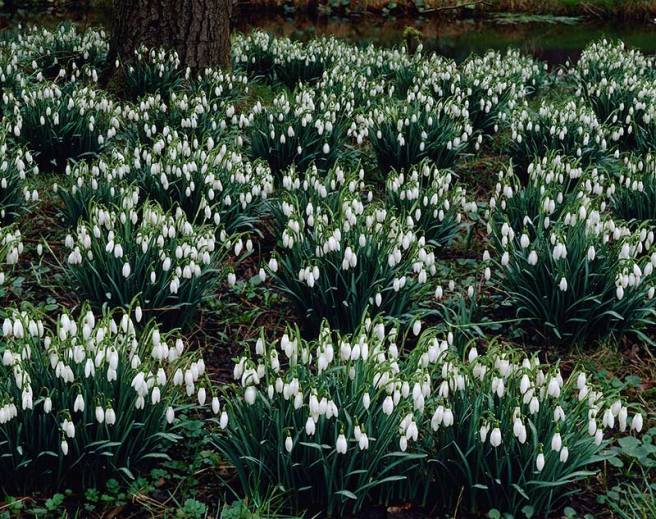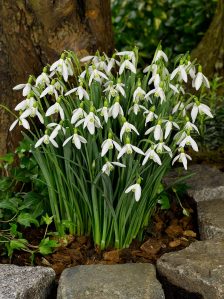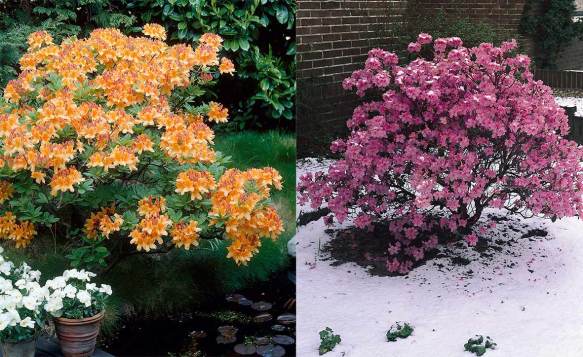Papaver Orientale
Oriental Poppy
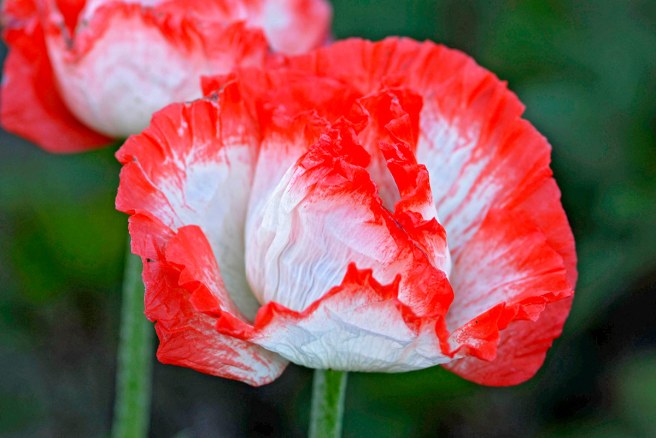
These stunning, long prized flowers are grown for their beautiful brightly coloured bowl shaped flowers. The silky, long lasting flowers have the texture of crepe paper and their introduction into the summer and autumn garden is a great way of making a statement. Perfect for a border or rock garden display, they also make excellent cut flowers.
Papaver Scarlet O’Hara
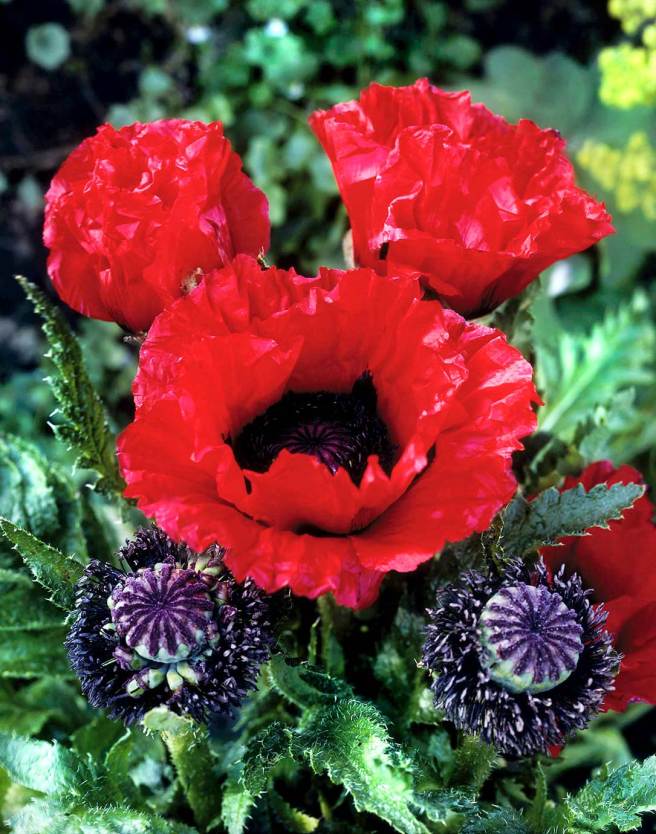
Papaver orientale Little Dancing Girl

Papaver orientale Patty’s Plum

Papaver orientale Harvest Moon
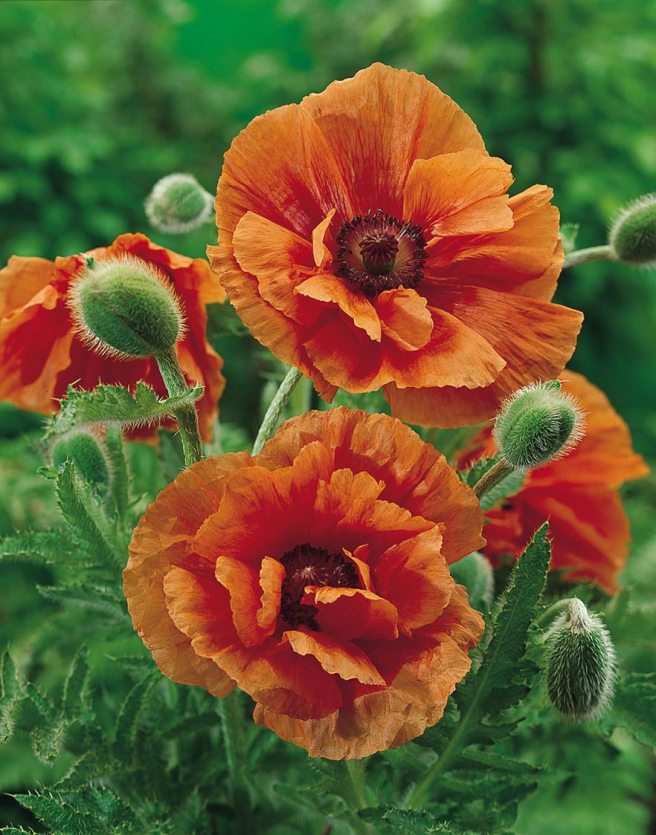
Planting
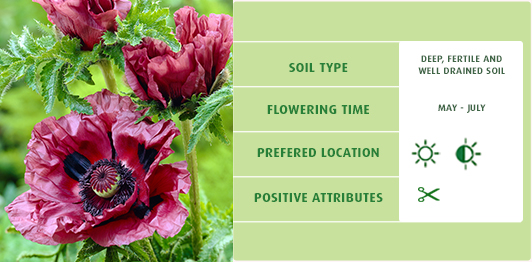
We supply as loose roots, much easier to grown than from seed, and once established these are very low maintenance and last for years.
Plant in prepared soil, with a hole large enough to firmly hold the roots. They will do well in any fertile soil but it must be well drained. Taller varieties may need support.
For best results plant in an area where they will get at least 6 hours in full sun. Choose your location carefully, once planted they really don’t like to be moved! Oriental poppies thrive in the cooler spring temperatures and will go dormant once the high heat of summer sets in so it’s best to plant amongst late summer bloomers that will fill the gap they leave behind. Deadhead as needed, but when their season is over allow to die back and don’t overwater during summer as they won’t come back next year.
The brilliant scarlet poppies are probably the most well known but there have been several different colours breed from pure milky white to beautiful shaded picotee varieties. Find all our Papaver varieties here.
Companion Planting
Oriental Papaver bloom from spring to mid-summer, dying back in the height of summer. After being the crowning glory of your beds and border, the loss of the beautiful flowers and luscious bushy foliage can leave quite a gap in you garden. The best solution for this is to plant them among some late flowering perennials that will happily take their place. We’ve selected a few of our favourites that flower at the right time to fill the gap.
Cosmos Choca Mocha
A perfect replacement for an oriental poppy. This new and improved compact variety of the Chocolate Cosmos produce beautiful velvety chocolate coloured flowers and a much stronger chocolate scent. Flowering from July to October and producing lots of bushy, compact foliage, as well as the gorgeous rich maroon coloured flowers, this is a great choice to fill the gap when the oriental poppies die back in June.
Helenium Sahin’s Early
The lovely rust-like effect on the petals of this Helenium make it a really interesting choice in the garden and a great flower to perk up the gaps left by striking Oriental Poppies. Flowering from June to October, its tall, daisy-like fiery orange and yellow petals contrast dramatically with its striking brown centre. A hardy and vigorous plant, and very easy to grow.
Dahlia Bishop of Llandaff
One of the most popular Dahlias, and a perfect replacement with its gorgeous red flowers and masses of dark foliage flowering from June to October. A great performer that with its colouring will blend harmoniously with your garden design. Highly attractive to bees and as an extra bonus, this variety is an award winner holding the prestigious RHS Award of Garden Merit.
Kniphofia Red Hot Poker
Kniphofia are a great late summer flowering perennial and we’ve chosen Red Hot Poker as a great companion plant, flowering from June right through to October. It is a statuesque, upright perennial which produces fiery red clusters of spiked buds on its tall, tubular stem, opening into orange flowers which slowly fade to yellow. Its lush, evergreen foliage, flaming colour palette and impressive stature make it the perfect addition to gardens in need of height and vibrancy.









